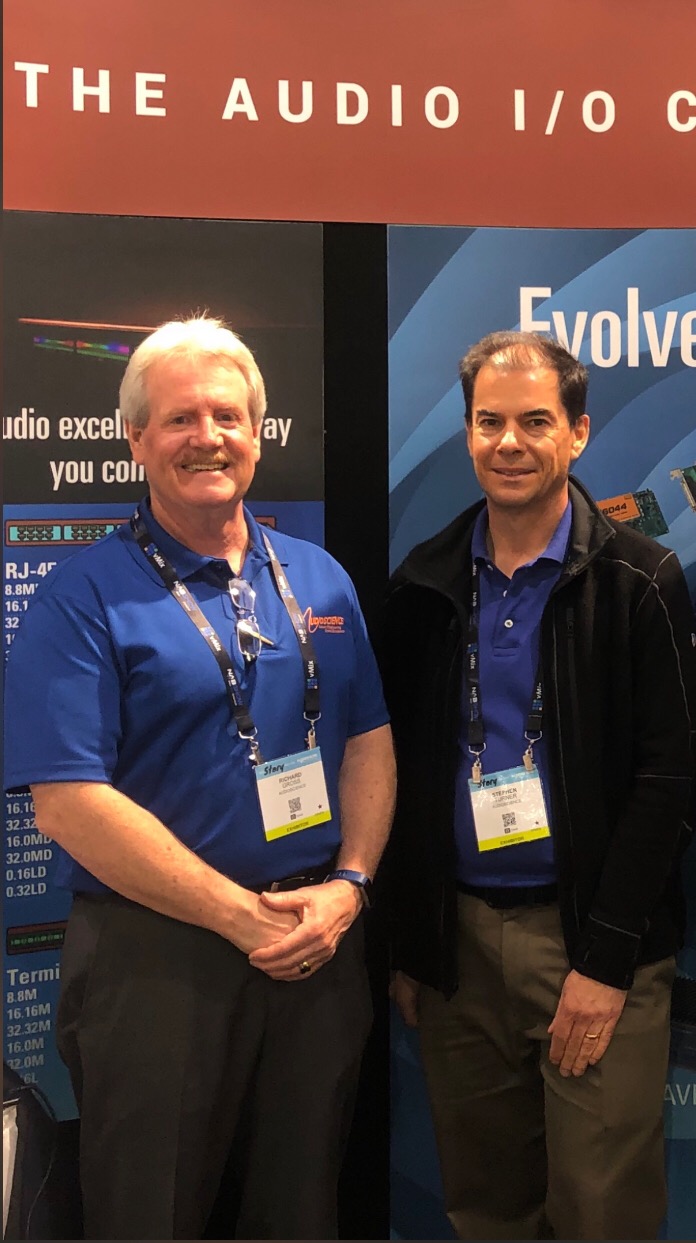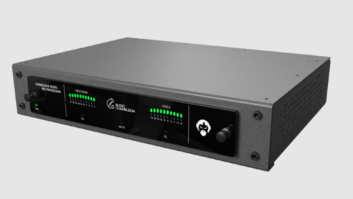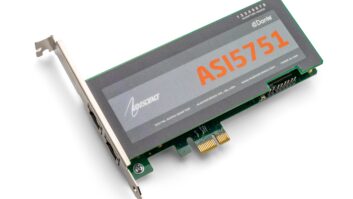AudioScience makes DSP-based digital audio peripherals for broadcast and other markets. Richard Gross is president and co-founder. This interview is part of our “Supply Side” series and is excerpted from the ebook “Problem-Solvers for Radio.”
Radio World: Tell us about the company.

Richard Gross: In 1996, Stephen Turner and I started AudioScience to provide high-level design and manufacturing solutions to strategically targeted areas of the digital audio reseller market.
Dr. Andrew Elder joined us in 1997 to provide software expertise to the growing company. He has since moved on to pursue other endeavors.
Our combined three decades of experience in digital audio include groundbreaking innovations in soundcard design at Antex Electronics. We helped to launch the first DSP-based digital audio adapter ever offered to the digital broadcast market.
With this strong foundation we quickly grew from a successful startup into a mature, engineering-driven company now in business for 25+ years. Steve and I continue to lead it.
Our products are easy to integrate. They provide outstanding digital audio functionality and compatibility. Instead of using proprietary designs that limit system hardware and software flexibility, we develop standards-based technology. That means our innovations are fully compatible with other products and systems.
And in an industry that constantly evolves, we try to leverage our design and market expertise to deliver the most relevant, up-to-date products.
RW: How many have you shipped over the years?
Gross: Over 100,000.
RW: You’re known as a soundcard manufacturer. But I’d think the role of soundcards in broadcast has diminished.
Gross: You would think it has diminished. I’ve felt this way for the last 15 or so years, which is when we started manufacturing our first networked audio product, a CobraNet card, the ASI6416.
Since then, it’s a joke with Steve and my employees — every five years I say, “This is the end of broadcast audio cards in a PC.” Every five years or so we would introduce another networked audio product, AVB, Dante and AES67.
But here we are today 25+ years later, still making a living selling sound cards to the broadcast market. We are prepared for the end of broadcast PC cards whenever that may come. We hope we are also helping our current broadcasters be prepared by providing them with networked audio IO products that will just work in their environments when they’re ready to move away from standard PC based audio. Until this time comes AudioScience will continue to provide our customers with the PC-based products they’re comfortable with.
RW: But the business is changing, given the evolution to AoIP and network-based workflows?
Gross: Very much. No longer based on PCs and a specific operating system, but on the network and the various AoIP protocols. The current trend is to move beyond the networked studio to the radio station “studio in the cloud,” especially for the larger groups.
We’re seeing stations specifically offer traditional radio delivery as well as establishing and providing a web-based alternative for their customers. There are a number of methods to receive radio on cellphones as well, via iHeartMedia and other apps; someday manufacturers may even turn on the secret FM chip in most phones.
RW: How have supply chain issues affected you?
Gross: These COVID-19 times have been very challenging. Never in over 40 years have we had to respond to a new purchase order with “Our best estimated delivery is,” but that’s currently the norm.
We’ve been able to keep both price increases and lead times to a reasonable level, but daily we’re being hit with surprises concerning a number of the critical components needed to manufacture our products.












